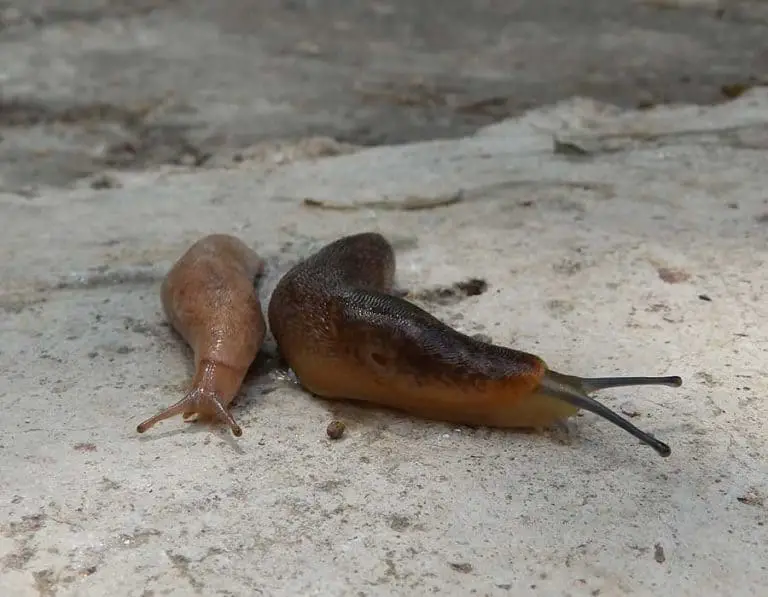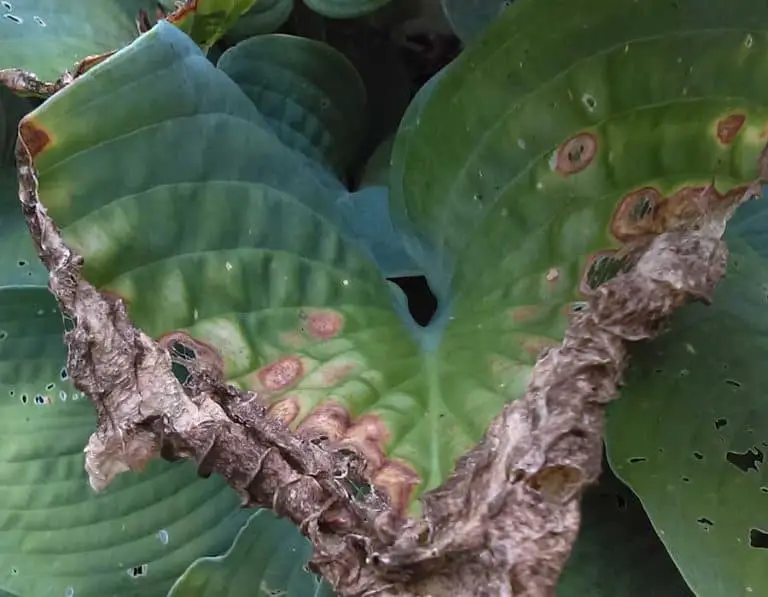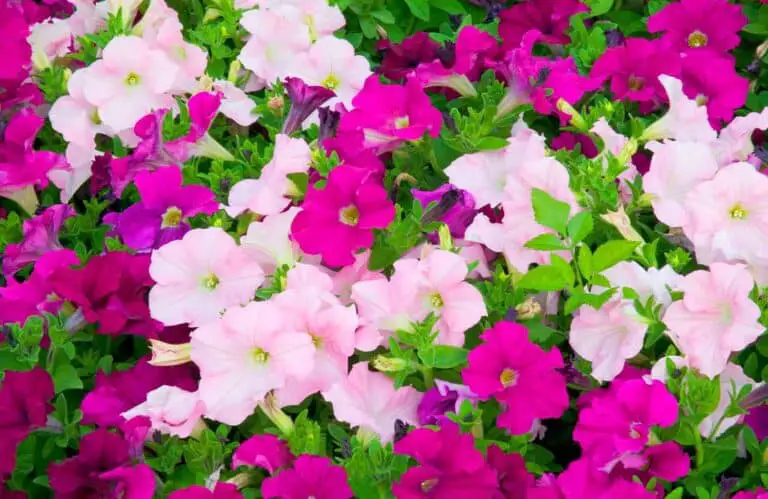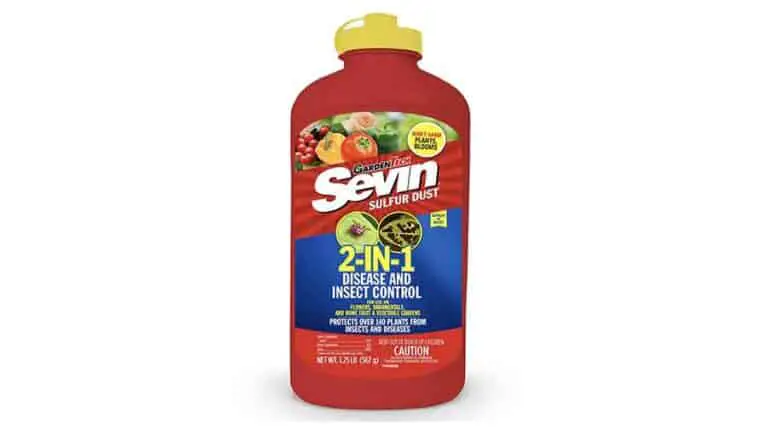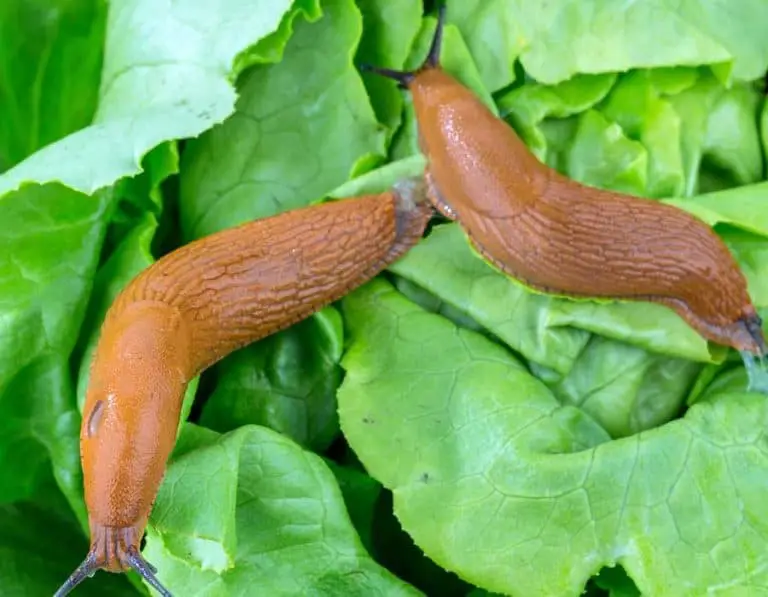Best Slug-Repellent Plants: Keep Your Garden Slug-Free
Gardeners often face the challenge of dealing with slugs, which can cause harm to their plants. A useful method to deter these pests is by planting slug-repellent plants that can help protect your garden. In this introduction, we will discuss some of the best slug-repellent plants to consider for your garden.
Slug-repellent plants are those with features that make them unappealing to slugs, such as strong scents, rough textures, or plants that contain natural toxins. By incorporating these plants into your garden, you can provide an extra layer of defense against slug infestations, helping to keep your plants healthy and thriving.
Here is a list of slug-repellent plants that slugs dislike:
- Astilbe
- Foamflower
- Ferns
- Geranium
- Sedum
- Lavender
- Rosemary
- Thyme
- Japanese Anemone
- Nemesia
Understanding Slugs
Slugs are slow-moving creatures that thrive in moist environments. They play a crucial role in nature by decomposing organic matter, but can also cause damage to plants in our gardens. To combat them effectively, it’s essential to understand their behavior and feeding habits.
Slug Behavior
Slugs are mostly nocturnal and tend to hide during the day to avoid drying out or being eaten by predators. They are attracted to damp and shady areas, such as under logs, rocks, or dense foliage. Slugs produce a slimy mucus that helps them slide across surfaces, leaving a characteristic slime trail behind.
The slime also serves other purposes like trapping and deterring predators, as well as helping them retain moisture. Slugs usually lay their eggs in moist environments, often hidden in leaf litter, soil crevices, or plant debris. Depending on the species, eggs may take several weeks to a few months to hatch.
Slug Feeding Habits
Slugs are primarily herbivorous, feeding on a wide variety of plant materials, including leaves, stems, flowers, and even fruits. However, some slugs might exhibit omnivorous feeding habits, consuming fungi, decaying plant matter, and occasionally other slugs or small insects.
The damage caused by slugs is easily recognizable as irregular holes in leaves, stems, and flowers. They have a preference for tender, young plant tissues, making seedlings and new growth particularly vulnerable. Slugs are especially active during damp periods, such as spring and fall, when the conditions are ideal for them to thrive and reproduce.
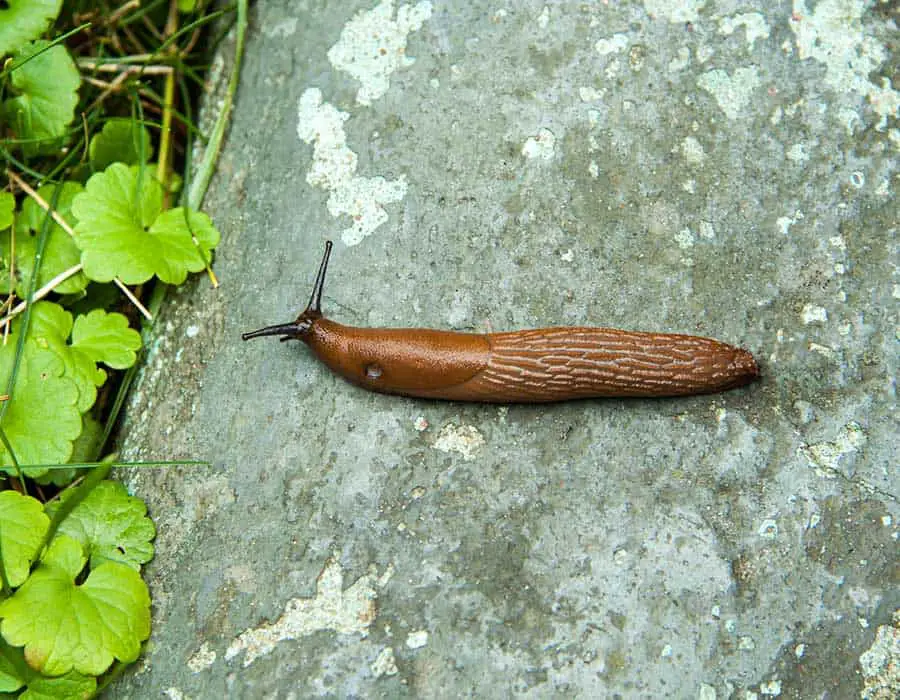
Types of Slug-Repellent Plants
Slug-repellent plants are an effective, natural way to protect your garden from slugs. These plants deter slugs due to their strong aromas, hair-like structures, or toxic components. Let’s explore each category of slug-repellent plants: Aromatic Herbs, Hairy Plants, and Toxic Plants.
Aromatic Herbs
Aromatic herbs are known for their strong scent, making them unappealing to slugs. Here are a few examples:
- Rosemary (Rosmarinus officinalis)
- Sage (Salvia officinalis)
- Mint (Mentha)
These herbs not only repel slugs but also offer culinary and medicinal benefits.

Hairy Plants
Hairy plants possess hair-like structures that impede slugs from reaching the delicate leaves. Examples of these plants include:
- Geranium (Pelargonium)
- Stinging Nettle (Urtica dioica)
- Tomentose Lavender (Lavandula lanata)
Due to the presence of these hairs, slugs are discouraged from feeding on these plants.
Toxic Plants
Toxic plants contain compounds that are harmful to slugs upon ingestion. Some of these plants are:
- Wormwood (Artemisia absinthium)
- Fern-leaf Yarrow (Achillea filipendulina)
- Foxglove (Digitalis purpurea)
While these plants are toxic to slugs, be cautious as some may also be toxic to humans or pets if ingested.
Top 10 Slug-Repellent Plants
Slug-repellent plants are an effective and natural way to protect your garden from these pesky gastropods. Listed below are the top 10 slug-repellent plants that can minimize damage and add beauty to your garden.
- Astilbe – These attractive, feathery plants grow well in shady areas and emit a scent that deters slugs.
- Foamflower – With attractive foliage and delicate flowers, foamflowers can help to repel slugs due to their slightly fuzzy leaves.
- Ferns – Slugs tend to avoid ferns due to their tough, leathery leaves. They also make excellent additions to shaded gardens.
- Geranium – With their aromatic leaves, geraniums are often unappealing to slugs and can provide bright splashes of color to any garden.
- Sedum – These succulent groundcover plants are drought-tolerant and generally unattractive to slugs thanks to their thick, fleshy leaves.
- Lavender – The scent of lavender is not only pleasing to humans but also acts as a deterrent for slugs.
- Rosemary – Another fragrant herb, rosemary’s pungent aroma and woody stems make it undesirable to slugs.
- Thyme – Resistant to both slugs and snails, thyme is an excellent choice for protecting your garden and adding a touch of flavor to your dishes.
- Japanese Anemone – With tall stems and vibrant flowers, these perennials keep slugs at bay with their unreachable blooms.
- Nemesia – These colorful annual flowers have a slight stickiness that discourages slugs from feasting on them.
Incorporating these slug-repellent plants throughout your garden not only adds visual interest, but provides a natural defense against slugs. Remember that using a combination of slug-repellent plants and other preventative measures like traps and barriers can lead to the best results.

Section 5: Planting Strategies
Companion Planting
Companion planting involves strategically placing plants within close proximity so they can help one another combat pests or improve growth. By incorporating slug-repellent plant varieties as companion plants, you can reduce slug infestations without using chemicals. Some effective companion plants great at repelling slugs are:
- Garlic
- Chives
- Marigolds
- Fennel
When planting these slug-repellent companions, ensure they are placed near slug-prone plants, thus creating a natural barrier against slugs.
Garden Layout Design
In addition to companion planting, smart garden layout design can help deter slugs from feasting on your prized plants. Consider implementing the following design tips:
- Create raised beds: Raising your garden beds makes it more difficult for slugs to access your plants. Additionally, raised beds typically have better drainage which discourages slug activity.
- Use physical barriers: Physical barriers, such as crushed eggshells, can deter slugs from crossing into a plant bed. Spread an even layer of crushed eggshells or other rough materials around the base of vulnerable plants for the best results.
- Opt for containers: Container gardens limit slug mobility and allow for easier slug control. Ensure containers are placed on a surface that slugs can’t access, such as concrete, adding an extra layer of protection.
These planting strategies, when combined, can greatly reduce slug damage and help maintain a healthy garden without the use of harmful chemicals.
Additional Slug Control Measures
Though having slug-repellent plants can greatly reduce slug populations in your garden, it’s also important to employ additional slug control measures to protect your plants further. This section highlights the benefits of natural predators, barriers, and traps as complementary approaches to slug management.
Natural Predators
One of the most effective ways to reduce slug populations is by encouraging their natural predators to visit your garden. Some well-known predators of slugs include:
- Ground beetles
- Centipedes
- Frogs and toads
- Slug-eating snakes
Create habitats that encourage these predators to thrive, such as providing shelter, hiding places, and water sources. Regularly adding organic matter like compost to your garden will also attract beneficial predators.
Barriers
Physical barriers can help protect your plants from slugs. Some practical barrier options are:
- Copper tape: Slugs do not like to cross copper surfaces.
- Crushed eggshells: The sharp edges can deter and prevent slugs from crossing.
- Diatomaceous earth: This natural, silica-based material can dehydrate slugs and deter them from crossing.
Place barriers around individual plants or groupings of plants for the best results.
Traps
Setting up traps can be useful in catching and eliminating slugs from your garden. Traps can be commercially purchased or easily made at home. Some popular traps include:
| Trap Type | Description |
| Beer Traps | Place a shallow container of beer in the ground. Slugs are attracted to the beer’s scent and will fall in and drown. |
| Slug Saloons | Similar to beer traps, these container traps use yeast and warm water to lure slugs. They can be either buried in the soil or placed above ground. |
| Roll Traps | Lay damp cardboard or rolled-up newspapers in the garden at night. Slugs will gather under them, making it easy to remove and dispose of the traps in the morning. |
Regularly check and maintain traps for optimal results, and remember to dispose of captured slugs responsibly.
Conclusion
In summary, incorporating slug-repellent plants into your garden can effectively reduce slug populations and protect your other plants. These deterrent plants not only assist in keeping slugs at bay, but can also add beauty, diversity, and other beneficial properties to your garden.
Some of the best slug-repellent plants include:
- Fennel
- Mint
- Rosemary
- Salvia
- Thyme
Considering the placement and arrangement of these plants in conjunction with barriers and other natural slug control methods can lead to successful slug prevention. Keep in mind that maintaining a healthy garden ecosystem and regularly inspecting for signs of slugs is essential for the long-term effectiveness of these repellent plants.

